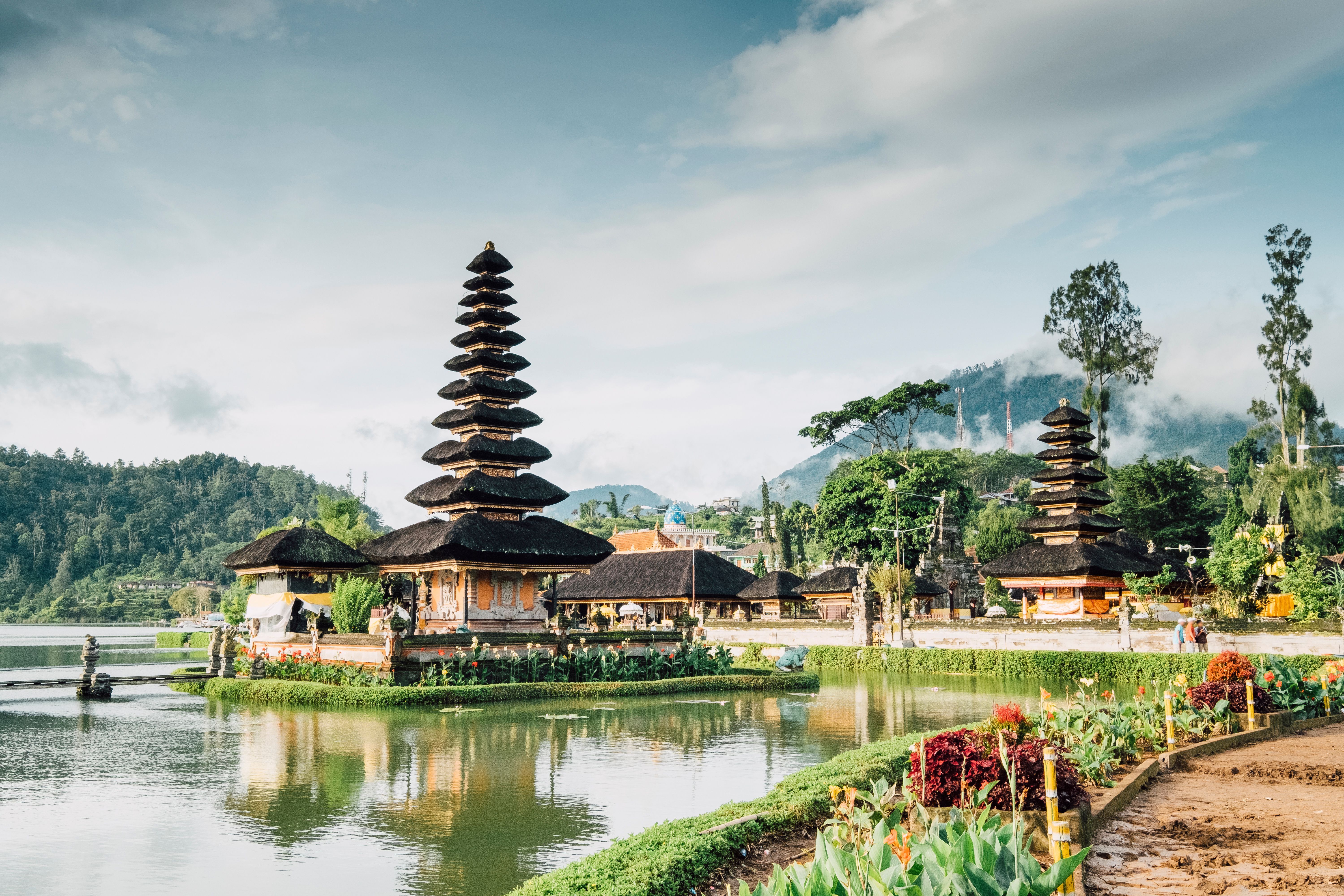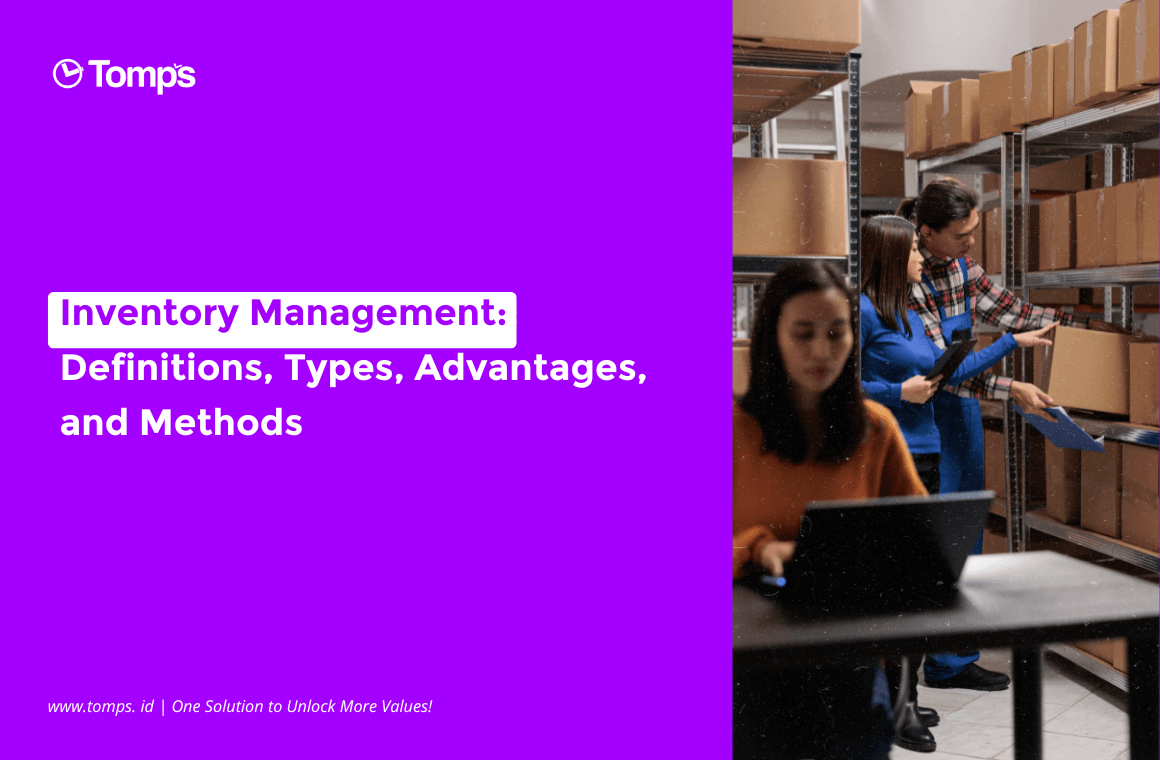A tourist area is not just a vacation destination; it is also a significant economic potential for a region. These areas attract people with their natural beauty, cultural richness, and various compelling attractions. However, to preserve the charm and sustainability of these areas, effective and sustainable management is required. Tourism area management is not only about preserving the authenticity of nature but also about managing tourist experiences, contributing to the local economy, and engaging the local community. In this article, we will explore the concepts, roles, challenges, and strategies of tourism area management that focus on the development and maintenance of sustainability.
Understanding Tourism Area Management
According to an article published by pemasaranpariwisata.com, Tourism Destination Management involves the application of management techniques in the development, planning, and control of tourist destinations. It involves managing various aspects of the tourism industry, including destination marketing, human resource management, financial management, operational management, and risk management. Tourism area management includes a range of activities aimed at managing and developing an area with tourism potential. The main goal is to create a positive experience for visitors while maintaining economic, social, and environmental sustainability.
Roles of Tourism Area Management
1. Strategic Planning and Sustainable Development
Tourism area management begins with thorough strategic planning. This involves identifying the unique values of the area, potential threats to sustainability, and efforts to develop the destination sustainably. Planning should involve stakeholders, including local governments, local communities, and other stakeholders. Sustainable development includes the management of natural resources, environmental protection, and empowerment of the local economy.
2. Environmental Management and Conservation
Environmental sustainability is at the core of tourism area management. Nature conservation, waste management, and responsible resource use are crucial steps. Effective conservation programs may include reforestation, ecosystem restoration, and environmental education for visitors. These efforts will not only preserve the beauty of nature but also provide opportunities for tourists to engage in environmental preservation.
3. Well-Managed Tourist Experience
Tourism area management also includes planning and managing tourist experiences. Good facilities, well-organized routes, and clear information can enhance visitor satisfaction. The use of technology such as tourist guide apps, interactive maps, and artificial intelligence can improve visitor comfort and safety.
4. Local Community Participation
Local communities play a crucial role in the success of tourism area management. They are the guardians of culture, local knowledge, and often the hosts for tourists. Involving them in decision-making, empowering the local economy, and preserving cultural heritage are key to sustainability. Community engagement programs, such as training for small and medium enterprises, can create a harmonious environment between tourists and the local community.
5. Crisis Management and Tourist Safety
Tourism area management must be prepared to handle emergencies and crises. This includes preparation for natural disasters, accidents, or public health issues such as pandemics. Effective security systems and good emergency response plans can protect visitors and minimize negative impacts on the tourist area.
6. Sustainable Marketing and Promotion
Proper marketing can increase the popularity of a tourist area, but it should be done with consideration for its impact on the environment and culture. Sustainable marketing may involve responsible promotion, the use of social media for environmental education, and collaboration with environmentally conscious influencers.
7. Continuous Monitoring and Sustainable Evaluation
Tourism area management is not a one-time task but a continuous process. Regular monitoring of environmental impact, visitor satisfaction, and economic contributions is essential. By analyzing this data, tourism area managers can identify areas for improvement and measure the success of management strategies.
Challenges in Tourism Area Management
Despite the significant economic potential, tourism area management faces several challenges that need to be addressed for long-term sustainability. Some major challenges include:
a. Over-Tourism
An increase in the number of visitors beyond the capacity of the area can lead to environmental damage, resource exhaustion, and social conflicts. Good management is needed to control visitor numbers.
b. Cultural Preservation
Managing sensitive cultural heritage is crucial to maintaining the identity of an area. Increased tourism can lead to cultural degradation, requiring careful approaches.
c. Infrastructure and Accessibility
With the increase in the number of visitors, there is a need for investment in infrastructure and accessibility that supports tourism. This challenge requires coordination between the public and private sectors.
d. Environmental Preservation
Tourism can pose a threat to natural environments. Wise management is required to protect natural ecosystems and minimize environmental impact.
Effective Tourism Area Management Strategies
a. Technology in Management
Leveraging information technology to monitor and manage visitors, as well as improving operational efficiency.
b. Local Community Participation
Involving the local community in decision-making to ensure that tourism area management aligns with local needs and values.
c. Diversification of Tourism Experiences
Creating diverse tourism experiences to attract various types of visitors and reduce pressure on main attractions.
d. Sustainable Planning
Developing long-term development plans that consider economic, social, and environmental sustainability.
e. Tourist Education
Educating tourists about tourism ethics and the importance of maintaining the sustainability of the areas they visit.
f. Partnerships with the Private Sector
Collaborating with the private sector to invest in infrastructure and ensure that economic benefits are enjoyed by the local community.
The Role of Tomps Building in Tourism Area Management
The role of technology in tourism area management is important to achieve efficiency. Tomps Building is here to support this through a management system designed for real-time planning, control, and monitoring of work. Tomps Building is a web/mobile-based platform that provides operational, building, industrial, and commercial management services. Various features that can be found in Tomps Building to support tourism area management include: building data management, disturbance/complaint handling, facility rental, automatic bill payment, access to the latest information, emergency call info, tenant document access, and IoT and ERP integration.
Conclusion
Tourism management is a critical step in ensuring that the economic potential and natural beauty of an area is not lost due to an inability to manage tourism growth. With a thoughtful and sustainable approach, tourism areas can be a source of long-term benefits for local communities and enliven the tourist experience. However, it is important to remember that sustainability is key, and without serious efforts in management, we could lose our precious natural and cultural heritage. By taking prudent steps, we can ensure that tourist destinations will remain an attraction for generations to come, while engaging and empowering local communities and protecting natural beauty. One of the right steps to support sustainability in tourism area management is by using Tomps Building. The management technology in the Tomps Building can help and facilitate the management process in the tourist area. Support the sustainability of tourist areas by using Tomps Building now!
Reference
Abdul Jamil. (2022). Pentingnya Manajemen Bagi Sebuah Tempat Pariwisata. jamberita.com. https://jamberita.com/read/2022/04/06/5972839/pentingnya-manajemen-bagi-sebuah-tempat-pariwisata/
Manajemen Destinasi Pariwisata: Konsep, Filosofi, Teori, & Fungsi. (2023). pemasaranpariwisata.com. https://pemasaranpariwisata.com/2023/01/09/manajemen-destinasi-pariwisata/







